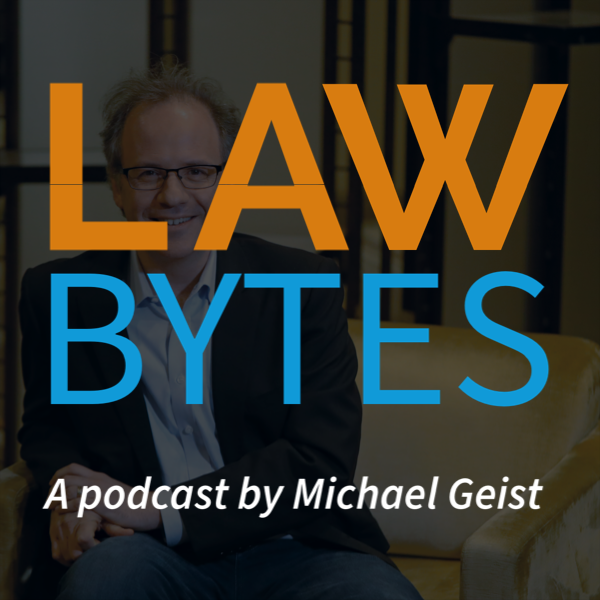GeistonAccessCopyright.pdf
 Articles by: Michael Geist
Articles by: Michael Geist
Why The Situation Is Likely to Get Worse for Access Copyright (But Not Necessarily for Authors)
The Access Copyright’s Board response to the Friedland Report is one of the few public sources that breaks down its revenue and distribution (though it is no longer posted online). In 2005, its licensing revenue came from the following sources:
| Universities and Colleges | 46 percent |
| K – 12 Schools | 31 percent |
| Government | 14 percent |
| Foreign Reproduction Rights Organizations (RROs) | 5 percent |
| Corporate | 4 percent |
The percentages may have changed slightly, but there is every reason to believe they are fairly similar today. In the Access Copyright application for an interim tariff, it told the Board that “almost 50 percent” of its licensing revenue comes from universities and colleges.
The obvious problem is that Access Copyright is dependent on education for roughly 75 percent of its revenues. In the years ahead, much of this is likely to disappear. I’ve already argued that universities and colleges will increasingly walk away from Access Copyright as they pursue other licensing approaches for their materials (universities are spending over $100 million a year on site licenses via CRKN alone).
GeistonAC
GeistonAC.pdf
The Economics Behind Access Copyright
Yesterday’s post highlighted the recent Access Copyright decision to refuse pay-per-use transactional digital licences (late in the day I received a note that AC appears to have had a change of heart). As I noted in the conclusion, the copyright collective faces an increasingly problematic balance sheet. According to its 2010 annual report, it spent more on itself in the form of administrative costs (including legal fees and board compensation) that it actually dispensed to Canadian authors from its 2010 revenues. Admittedly, these numbers are not easy to find. Indeed, for an organization devoted to collecting licensing revenue and distributing it collective members, the annual report is incredibly vague in providing clear numbers about precisely what gets distributed to Canadian authors.
Despite the obfuscation, the numbers can be teased out from the 2010 annual report with a bit of digging (it is not easy and I am open to corrections and clarifications). [Update: Some comments note that the annual report includes a specific distribution number as page 19 states that the distribution for 2010 was $23.3 million. Unfortunately, that figure does not disclose how much of the 2010 revenues were distributed. The 2010 distribution drew from both 2010 provision for royalties for distribution ($24 million) and the balance entering the year, which stood at $29.5 million. The analysis below makes it clear that the majority of the 2010 distribution came from the prior balance, not from the 2010 revenues]
Start with the revenue – licensing revenues, including interest income, came in at $33.7 million, a drop of $1 million from the prior year.
Shaw Shakes Up Broadband Market With Bigger Data Caps
Shaw has announced new broadband plans that offer far more data, faster speeds, and better pricing than comparable plans at competitors such as Rogers, Bell, and Telus. Shaw says the plans will be rolled out over the coming months and offer far bigger caps (including some unlimited plans). While the […]






